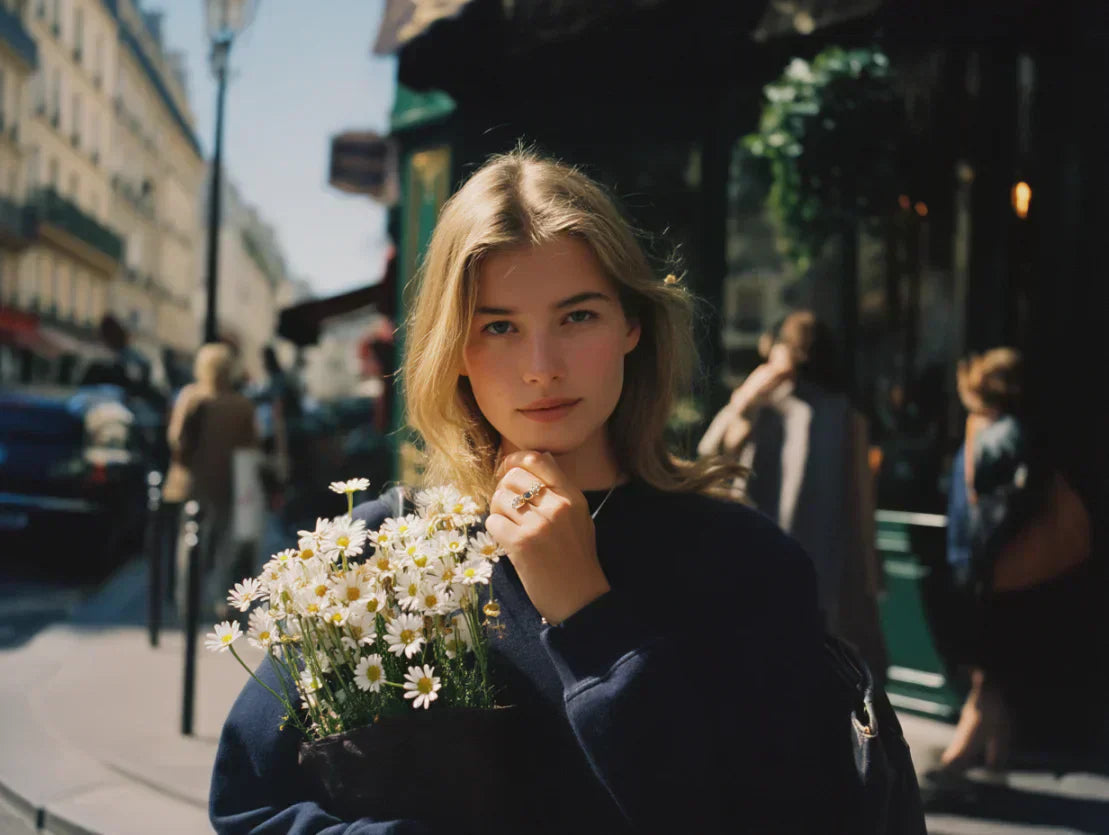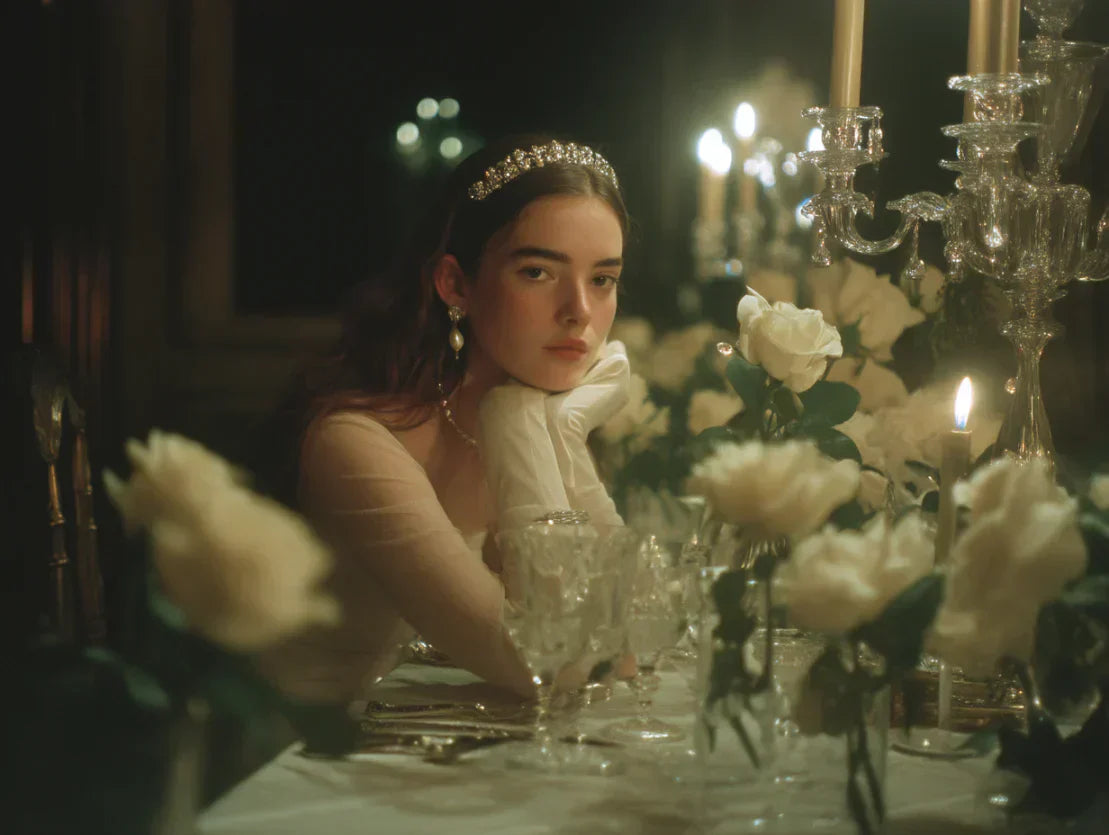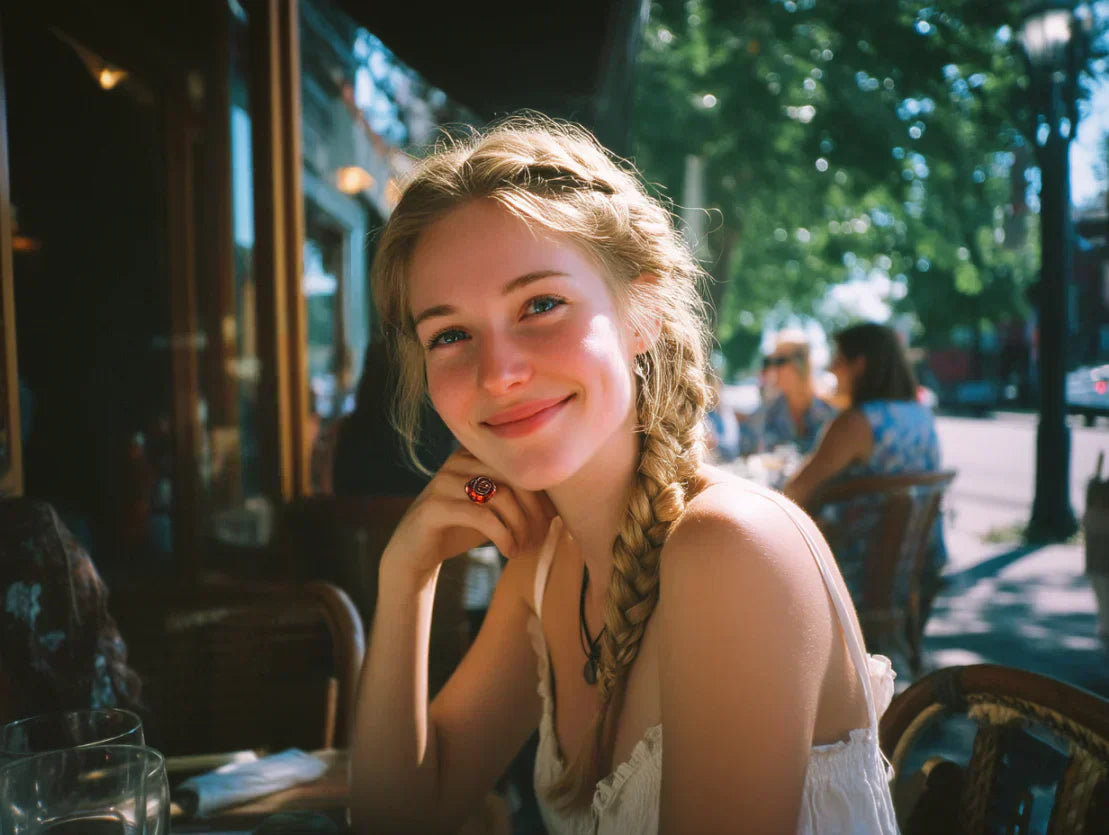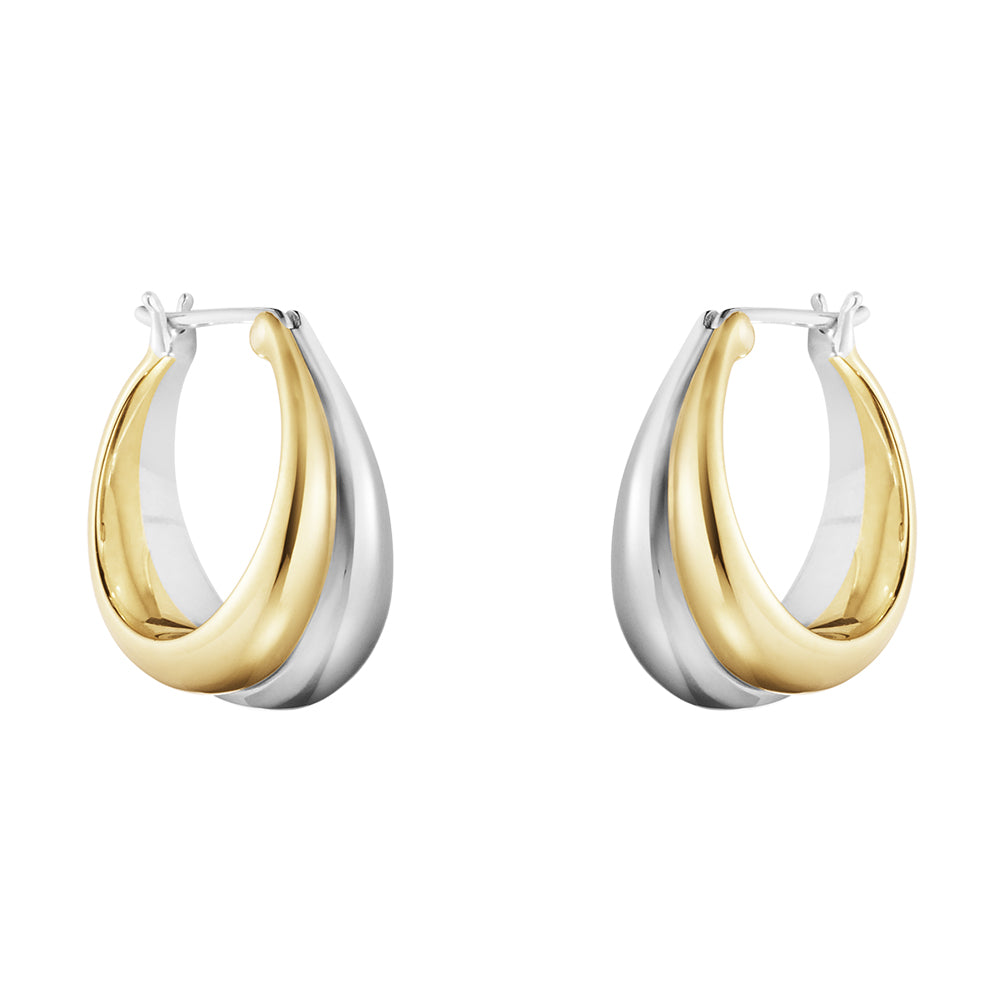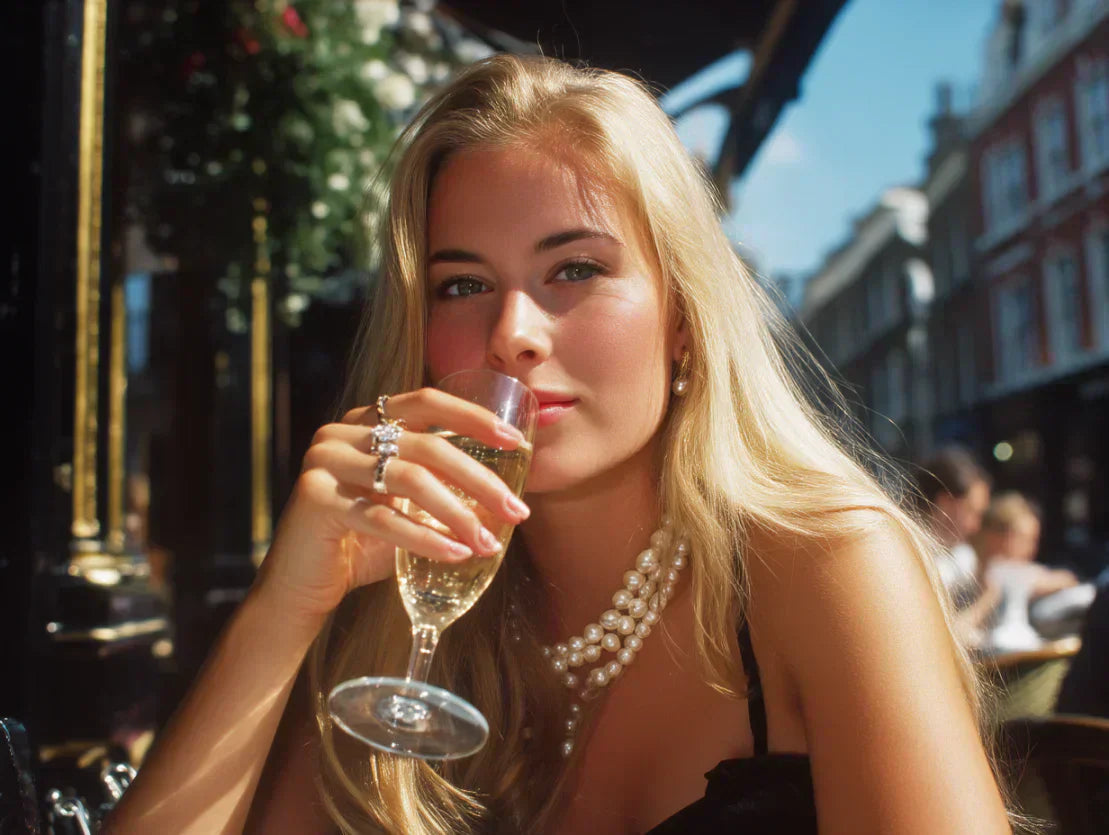
How Much to Spend on Engagement Ring: Tips & Insights
Introduction
Choosing how much to spend on an engagement ring is both an emotional and financial decision. Beyond price tags, it reflects love, tradition, and personal story. This guide explores hidden insights, scientific facts, and romantic strategies to make your choice meaningful and wise.

The Enduring Symbolism of Engagement Rings
Engagement rings have been more than jewelry for millennia; they are portable promises that encapsulate love, commitment, and cultural identity. Ancient Egyptians believed that the fourth finger on the left hand contained a vena amoris—a vein running directly to the heart. They crafted rings from braided reeds and hemp, symbolic of eternity, devotion, and the interconnectedness of life. In addition to spiritual significance, these rings also marked social engagement within communities.
By the Roman era, rings evolved into metal bands, often iron, denoting strength and permanence. Romans attributed mystical powers to gemstones; garnets were thought to protect love, emeralds symbolized fertility, and rubies represented passion. During the Middle Ages, gold rings with precious stones became markers of wealth, social position, and serious intent, intertwining material value with emotional symbolism.
The modern association of diamonds with engagement rings emerged in Europe during the late 15th century. In 1477, Archduke Maximilian of Austria presented Mary of Burgundy with a diamond ring, establishing a precedent that diamonds signify eternal love. Today, diamonds remain popular, yet contemporary couples increasingly select sapphires, rubies, or ethically sourced lab-grown stones to reflect personal values and individuality.
How much to spend: Historically, engagement ring prices varied from modest gold bands costing the equivalent of a month’s wages to precious gemstones representing significant wealth. Today, couples typically spend $1,500 to $10,000, depending on preferences, stone type, and overall budget flexibility.
Across cultures, engagement rings carry distinct meanings. In India, rings often feature elaborate gold designs reflecting social status and regional heritage, while in Scandinavian countries, simplicity prevails, with couples sometimes exchanging unadorned gold bands before upgrading to ornate engagement rings. Such traditions illustrate how engagement rings function as both deeply personal symbols and social statements.

Debunking the “Two-Month Salary” Myth
The so-called “two-month salary rule” has persisted for decades, often cited as a benchmark for engagement ring budgets. Yet it is largely a marketing invention. During the Great Depression, De Beers launched campaigns encouraging men to spend a significant portion of their income on diamonds, presenting such purchases as demonstrations of devotion and social standing. Over time, this strategy became culturally ingrained, creating an expectation that persists despite lacking historical or practical foundation.
Financial experts, including those at the National Endowment for Financial Education, caution that rigid adherence to any formula can be harmful. Couples who overextend themselves financially risk stress and tension in the early stages of marriage. Budgeting based on personal financial circumstances—considering debt, savings, and long-term goals—ensures that the engagement ring reflects thoughtful planning rather than societal pressure. Spending wisely not only protects financial health but also fosters emotional well-being, as couples can celebrate their commitment without the burden of financial strain.
How much to spend: Modern advice suggests $3,000–$6,000 as a flexible range for many couples, though lower or higher budgets are equally valid depending on personal finances and priorities.

Understanding the Components of Engagement Ring Cost
Engagement ring prices are influenced by a complex interplay of factors, each with aesthetic and financial implications.
Gemstone Type
Diamonds dominate the market due to durability, rarity, and cultural significance. However, sapphires, rubies, emeralds, and moissanite offer unique beauty at different price points. Moissanite, for example, ranks 9.25 on the Mohs hardness scale and is nearly as hard as diamond but typically costs far less. This makes it ideal for budget-conscious buyers seeking brilliance and longevity. Choosing alternative stones also allows for personalization, with colors that carry sentimental meaning or match cultural symbolism.
Carat Weight
The cost of diamonds increases exponentially with size. A 1-carat stone may be significantly more expensive per carat than a 0.9-carat stone of equivalent quality. Subtle adjustments, such as selecting 0.95 carats, can yield substantial savings without noticeable visual compromise. This approach allows couples to maximize sparkle while optimizing engagement ring cost.
Cut Quality
Cut determines how well a diamond interacts with light, affecting brilliance, fire, and overall visual appeal. An ideal cut can make a smaller stone appear larger and more radiant than a poorly cut larger stone. GIA studies confirm that cut quality has the most significant impact on perceived beauty compared to color or clarity. Prioritizing cut over carat or color enhances aesthetic value while keeping spending within budget.

Metal Choice
Platinum is prized for durability, hypoallergenic properties, and long-term wear, but carries a higher price tag. Rose gold offers romantic warmth at moderate cost, while yellow gold provides timeless elegance. Metal choice also influences maintenance and ring longevity; some metals resist scratches better than others, and color tones can complement different skin tones, affecting overall aesthetics.
Craftsmanship and Brand
Custom-designed or designer-branded rings often come with premiums reflecting artisanal skill, heritage, and reputation. However, buyers can balance cost by focusing on center stone quality and opting for simpler yet elegant settings. Investing in craftsmanship ensures durability and artistry, increasing long-term satisfaction and emotional resonance.
How much to spend: Considering gemstone, carat, cut, metal, and craftsmanship, most engagement rings today fall between $2,500 and $7,500, but strategic choices—like alternative stones or slightly smaller carats—can reduce cost without compromising beauty.
The Science Behind Diamond Sparkle
Few people realize that diamond sparkle is quantifiable using optical physics. Brilliance arises from reflection, refraction, and dispersion of light within the stone. The critical angle—where light internally reflects instead of passing through—dictates how much light returns to the observer’s eye, creating visual intensity.
Proper cut proportions and symmetry maximize brilliance and fire. For example, a well-cut 0.85-carat diamond can appear larger and more radiant than a poorly cut 1-carat stone. Polish quality further enhances light performance, allowing smaller stones to achieve striking brilliance. According to GIA research, emphasizing cut over carat weight can improve perceived value significantly, making it a strategic consideration for diamond ring budget tips.
How much to spend: By prioritizing cut and optical performance, couples can achieve maximum sparkle for $2,500–$5,000, balancing beauty and budget.

The Psychology of Ring Selection
Human attraction to sparkle is not arbitrary. Evolutionary psychologists suggest that preferences for reflective surfaces evolved from survival instincts—seeking water and safe environments. Studies show shiny objects capture attention, evoke positive emotions, and influence perceived social status.
Engagement rings also act as costly signals of commitment. However, research shows financial prudence correlates with higher marital satisfaction. Emotional resonance, sentimental meaning, and personal narrative often outweigh lavish spending.
How much to spend: Rings with strong emotional symbolism can feel priceless even when costing $2,000–$4,000, illustrating that spending wisely does not mean overspending.
Cultural Perspectives and Spending Norms
United States & Canada: Average spending ranges from $5,000–$7,000, often for diamond solitaires.
United Kingdom: Couples frequently spend under £2,000, with colored gemstones gaining popularity.
Japan: Minimalist designs under 0.5 carats are common.
Scandinavia: Simple gold bands are exchanged initially; more elaborate rings are reserved for anniversaries.
How much to spend: Cultural norms inform budgets; couples typically allocate between $2,500–$7,500 depending on personal and regional expectations.

Lab-Grown vs. Natural Diamonds
Lab-grown diamonds offer ethical and financial advantages. Produced in weeks, they are chemically identical to natural diamonds and cost 30–50% less.
The American Gem Society confirms lab-grown diamonds share the same durability (Mohs hardness 10) and optical properties. Choosing a lab-grown stone allows couples to afford a larger or higher-quality diamond for $1,500–$4,000, aligning budget with ethical preferences.
Lesser-Known Scientific Insights
Perceived Size vs. Actual Carat: Optical illusions make smaller diamonds appear larger with clever cuts and settings.
Human Visual Processing: Brilliance and fire capture attention, enhancing perceived value.
Thermal Conductivity: Diamonds feel cool to the touch, adding subtle luxury cues.
How much to spend: Understanding these factors allows couples to maximize impact for $2,000–$5,000, demonstrating value beyond carat size alone.
Practical Budgeting Strategies
Set a Total Wedding Budget proportional to the ring cost.
Prioritize values: carat, cut, ethical sourcing, or design.
Consider alternative stones like sapphires or tourmaline.
Explore estate or vintage jewelry for craftsmanship at reduced cost.
Use slightly off-round carat sizes to avoid premiums.
Add custom engraving for sentimental value without significant cost increase.
How much to spend: Using these strategies, couples can select a ring in the $2,500–$6,000 range while preserving personal meaning.

A Romantic Scenario of Budgeting Wisdom
Claire and Daniel, just beginning their careers, sat with coffee and a notebook, balancing dreams with reality. After thoughtful talks, they set a $2,500 budget—not extravagant, but meaningful.
They chose a 0.7-carat lab-grown diamond, placed in a hand-engraved gold band depicting the hilltop where they first met. The design was more than decoration; it captured trails and wildflowers from their shared memory.
At sunset, during Daniel’s proposal, the ring caught golden rays, scattering prisms like waves on a lake. Its brilliance came not from price but from craftsmanship and story. Psychologists call this the “endowment effect”—objects tied to memory carry greater emotional weight.
For Claire and Daniel, the ring’s value lay in symbolism: a hilltop engraved in gold, a diamond grown by science, and a budget aligned with love and responsibility. Each glance at the ring reminds them not of cost, but of intention and enduring connection—proof that romance and financial wisdom can beautifully converge.
Expert Guidance on Spending
David Bonaparte, President of Jewelers of America:
“The true value of an engagement ring lies in how it reflects your partner and your shared journey, not the digits on a price tag.”
GIA gemologists emphasize balancing the 4Cs with budget. Excellent cut in a slightly smaller carat often yields the best visual impact. This bridges desire with financial strategy.
How much to spend: Expert guidance confirms $3,000–$6,000 is practical for most couples seeking balance between beauty and budget.
Avoiding Common Mistakes
Overvaluing size without proportional cut reduces sparkle.
Ignoring lifestyle may compromise durability.
Skipping insurance risks financial and emotional loss.
Neglecting ring fit leads to costly resizing.
Budget note: Proper planning keeps spend within $2,500–$7,500, avoiding regrets.
Integrating Storytelling in the Ring Choice
Custom elements—coordinates, initials, motifs—enhance emotional value beyond material cost. Rings become heirlooms, telling a shared story of love and commitment.
How much to spend: Thoughtful personalization allows rings in the $2,000–$6,000 range to feel priceless.
Conclusion
Deciding how much to spend on an engagement ring blends emotion, culture, science, and finance. Most couples today find $2,500–$7,500 practical, though individual circumstances vary. The optimal spend respects budget, partner preferences, and the story you want the ring to tell. A thoughtfully chosen ring carries value far beyond monetary cost, becoming a symbol of enduring love.

FAQ
Q1: Is the “two-month salary” rule mandatory?
A1: No, it is a marketing invention. Spend within your financial comfort zone, typically $3,000–$6,000.
Q2: Are lab-grown diamonds suitable for daily wear?
A2: Yes, chemically and physically identical to natural diamonds, costing $1,500–$4,000.
Q3: Can colored gemstones be used for engagement rings?
A3: Absolutely; sapphires, rubies, and emeralds are durable and meaningful.
Q4: How important is the cut compared to carat size?
A4: Cut affects brilliance more than carat. Prioritize cut for maximum impact while maintaining budget $2,500–$5,000.
Q5: Should I purchase insurance for an engagement ring?
A5: Yes, to protect financial and emotional investment.
Q6: Can I customize a ring on a moderate budget?
A6: Yes, focusing on a strong center stone and modest setting balances cost and personalization.
Q7: Do cultural differences affect spending norms?
A7: Yes, spending varies by region and tradition. Typical ranges are $2,500–$7,500.
Call to Action
Your engagement ring is more than a purchase—it is a story, a promise, and a tangible symbol of love. Whether your budget is modest ($1,500–$3,000) or more extravagant ($5,000–$7,500+), let it reflect values, partner’s style, and shared journey. Explore reputable jewelers, consider sustainable or lab-grown stones, and choose a ring that will sparkle in memory and life for decades to come.

